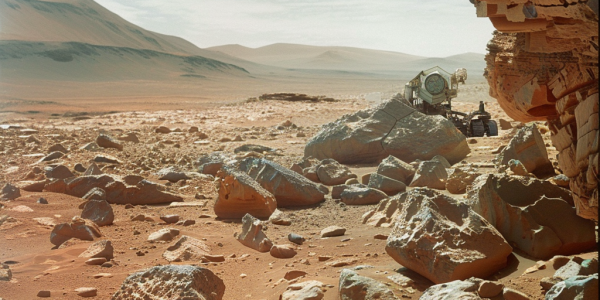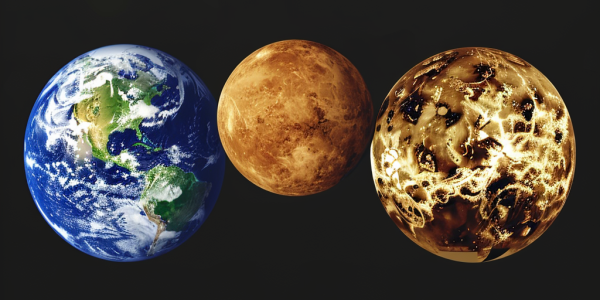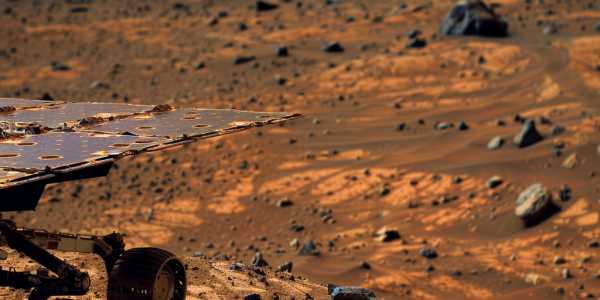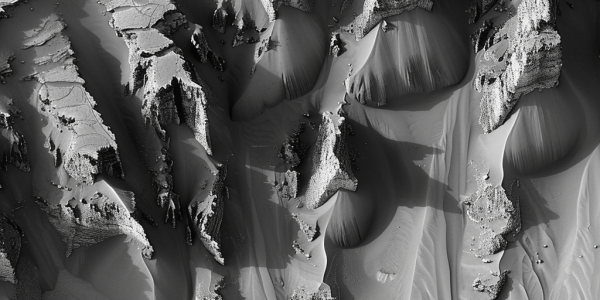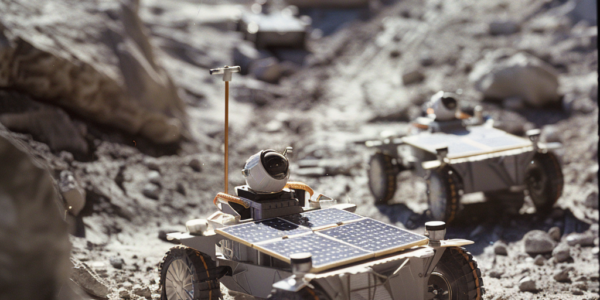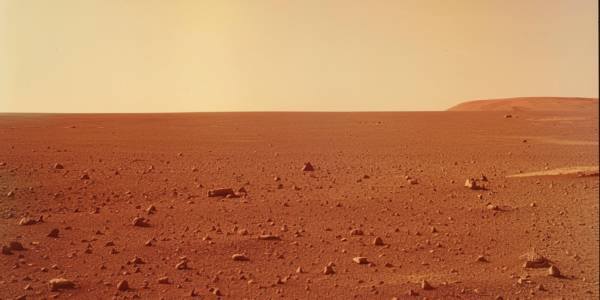NASA’s Curiosity Rover Uncovers Evidence of Ancient Lake on Mars
NASA’s Curiosity rover explores Mars’ Gale Crater, discovering high concentrations of Manganese in rocks that may have formed in an ancient lake. Recent findings suggest a link to biological processes, raising questions about the planet’s history. Ongoing research aims to unravel Mars’ geological mysteries.
The Science of Siblings: Exploring the Planetary Relationship Between Earth, Mars, and Venus
Explore the fascinating science of siblings and their impact on our lives, from finances to mental well-being. Discover the similarities and differences between Earth and its sibling planets, Mars and Venus, and how they have evolved over billions of years. Venus, once potentially habitable, now presents extreme conditions that make it a challenging environment for exploration, shedding light on the delicate balance that sustains life on Earth.
NASA Studies Solar Storms to Prepare for Mars Missions
NASA is preparing to study the effects of solar storms on Mars missions as the sun enters a period of heightened activity. Solar events like flares and mass ejections pose a threat to Mars due to its lack of a magnetic field. MAVEN and Curiosity rover are key in monitoring radiation levels and analyzing the impact on potential ancient life indicators. Understanding these phenomena is crucial for ensuring the safety of future astronauts exploring the Red Planet.
NASA’s Spirit Rover’s Controversial Drawing on Mars
Discover the unexpected and humorous moment when NASA’s Spirit rover drew a controversial image on the surface of Mars back in 2004. Despite the light-hearted nature of the incident, these rovers have provided invaluable data that has enhanced our understanding of Mars and paved the way for future manned missions to the Red Planet.
NASA’s Curiosity Rover Uncovers Mystery of Methane on Mars
NASA’s Curiosity rover has detected mysterious methane behavior on Mars, with levels spiking unexpectedly at night and fluctuating seasonally. Researchers propose that methane is trapped beneath a solidified salt crust, escaping when temperatures rise or the crust is cracked. Experiments using simulated Martian regolith support this theory. While the origin of Martian methane remains unknown, understanding its behavior is crucial for unraveling the planet’s geological and potentially biological history.
Mysterious ‘Spider’ Formations Spotted in Inca City on Mars
Discover the mysterious ‘Inca City’ on Mars, where hundreds of black ‘spiders’ emerge every spring due to buried carbon dioxide ice releasing dusty geysers of gas. Explore the fascinating phenomenon captured in recent satellite photos from the European Space Agency (ESA) and gain valuable insights into the seasonal changes and geological processes on the Red Planet.
Russian Man Claims to be Reincarnated Martian on Mission to Save Earth
27-year-old Boriska Kipriyanovich claims to have been born on Mars and reincarnated on Earth with a mission to save humanity from a nuclear apocalypse. His assertions about advanced Martian technology and the potential threat of nuclear warfare have sparked discussions about the possibility of life on other planets and the fate of humanity.
Criticism of Elon Musk’s Mars Colonization Plan
Elon Musk’s plan to colonize Mars has been criticized by the Royal Astronomer, Lord Rees of Ludlow, as a ‘dangerous illusion.’ Critics argue that the practical obstacles, including the exorbitant cost, technological limitations, and the inhospitable conditions on Mars, make this vision unrealistic. The debate raises questions about the prioritization of resources and efforts in addressing pressing issues on Earth, particularly in the context of climate change.
NASA Conducts Successful Test Drives for Mini Autonomous Rovers Bound for the Moon in 2025
NASA’s mini autonomous rovers, part of the CADRE technology demonstration, underwent successful test drives at JPL in preparation for their 2025 moon mission. Equipped with solar panels and sensors, the rovers will map the lunar surface in 3D, showcasing the potential of autonomous robotic exploration in space.
Carl Sagan’s Cryptic Message for Future Mars Astronauts
Astronomer Carl Sagan left a cryptic message for future humans on Mars before his death in 1996. The message, pondering the reasons for human presence on Mars, was sent to the Red Planet aboard NASA’s Phoenix lander and arrived in 2008. Sagan’s message serves as a reminder of humanity’s enduring fascination with Mars and ongoing efforts to explore and understand the mysteries of the Red Planet.

